Stewartia Ovata - starting seed
krikit
13 years ago
Featured Answer
Sort by:Oldest
Comments (15)
brandon7 TN_zone7
13 years agokrikit
13 years agoRelated Professionals
Beavercreek Landscape Architects & Landscape Designers · Piqua Landscape Architects & Landscape Designers · South Elgin Landscape Architects & Landscape Designers · Allentown Landscape Contractors · Euclid Landscape Contractors · Hampton Bays Landscape Contractors · Wilton Landscape Contractors · Reisterstown Landscape Contractors · Eau Claire Siding & Exteriors · Chicago Decks, Patios & Outdoor Enclosures · Del Aire Decks, Patios & Outdoor Enclosures · Fredericksburg Decks, Patios & Outdoor Enclosures · Justice Decks, Patios & Outdoor Enclosures · Lacey Decks, Patios & Outdoor Enclosures · White Bear Lake Decks, Patios & Outdoor Enclosuresbotann
13 years agokrikit
13 years agobrandon7 TN_zone7
13 years agosmcdonn
13 years agoAlpine Distributors
8 years agolast modified: 8 years agogardenprincethenetherlandsZ7/8
8 years agoAlpine Distributors
8 years agolast modified: 8 years agoAlpine Distributors
8 years agotrilliumgeek
8 years agosam_md
3 years agoAngela Faye Martin
last yearEmbothrium
last yearlast modified: last year
Related Stories
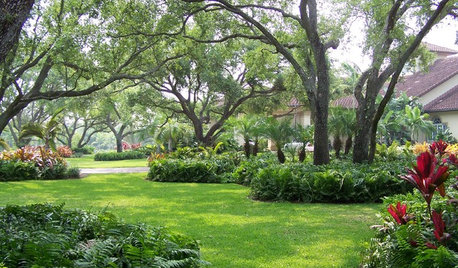
GARDENING GUIDESAn All-Star List of 10 Shade Trees to Plant This Fall
These tried-and-true varieties offer good-sized canopies, seasonal interest, wildlife benefits and more
Full Story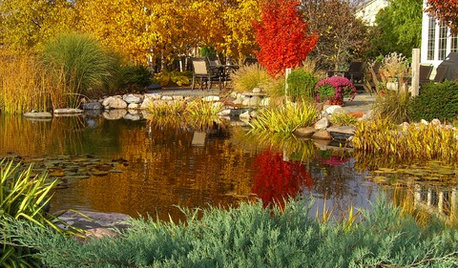
LANDSCAPE DESIGNSee How 4 Gorgeous Gardens Win With Fall Color and Texture
Ornamental grasses, crinkled leaves, chunky stone and warm brick take center stage in these fall landscapes
Full Story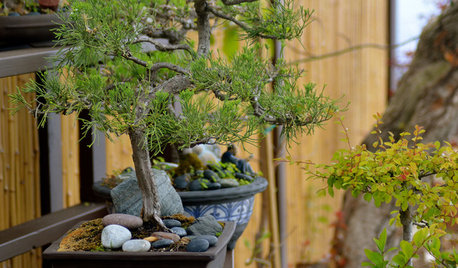
CONTAINER GARDENSLittle by Little: Why Growing a Bonsai Could Change Your Life
Tap into the gentle and intriguing world of bonsai and let it teach you the joy of patience
Full Story
LANDSCAPE DESIGN7 Great Trees for Summer Shade and Fall Color
These landscape-pro faves straddle the seasons beautifully. Could one enhance your own yard?
Full Story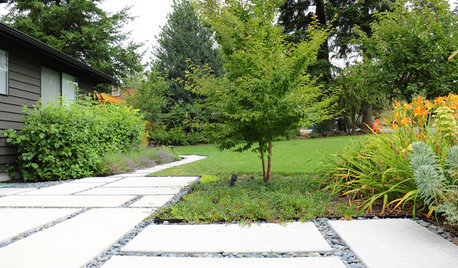
ARBOR DAY10 Trees Landscape Designers Love
In honor of Arbor Day, consider adding a beautiful and beneficial tree species favored by designers around the country
Full Story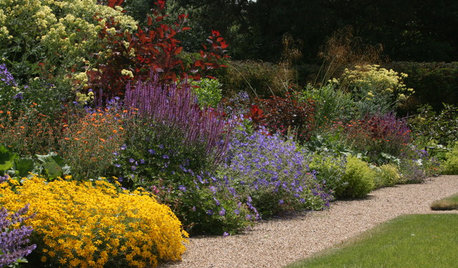
FALL GARDENING8 Gorgeous Planting Combinations for Fall Gardens
Brilliant foliage, rich texture and late-blooming flowers — these gardens have it all
Full Story
FALL GARDENINGHouzz Call: Show Us Your Fall Color!
Post pictures of your fall landscape — plants, leaves, wildlife — in the Comments section. Your photo could appear in an upcoming article
Full Story
FALL GARDENING11 Trees for Brilliant Fall Color
Give your landscape the quintessential look of autumn with the red, orange and yellow leaves of these standouts
Full Story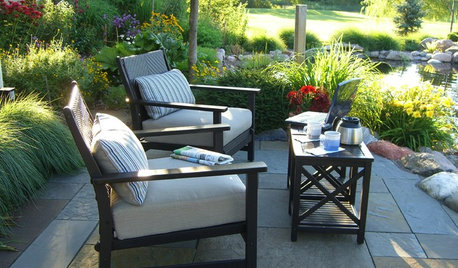
SPRING GARDENINGA Wisconsin Garden Designed for All Seasons
Thanks to careful planning, this lovely landscape has year-round interest
Full Story
GARDENING GUIDESOh, Deer! 10 Native Flowers That Stand Up to the Herds
Keeping a garden amid hungry deer can be hard, but these plants should fare well
Full Story










gardenprincethenetherlandsZ7/8